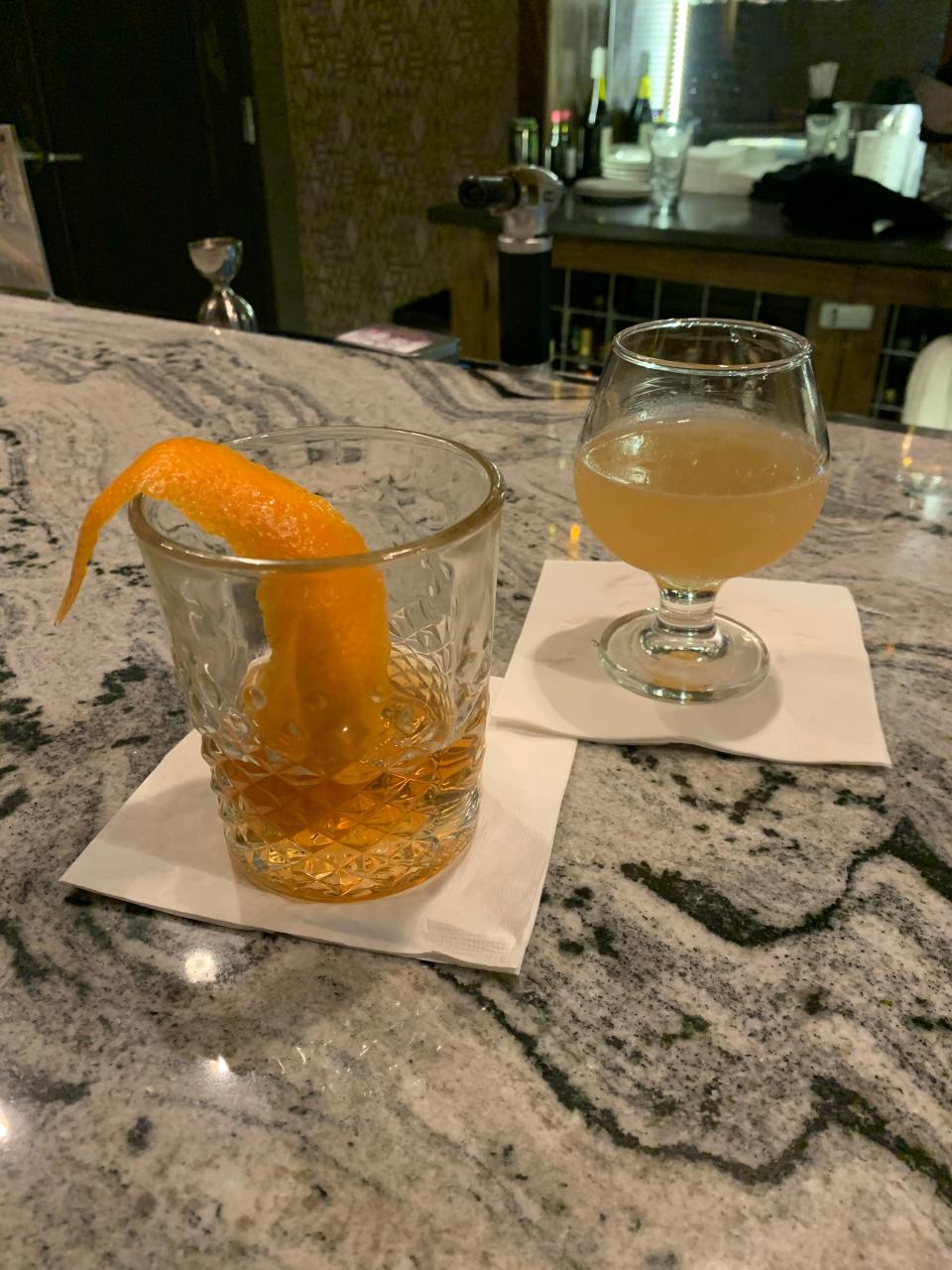Computer help: How to stop spam from crowding out your inbox
Q: I am receiving between 30 to 40 junk emails a day in my inbox of late. I take each one and move it to the Junk Mail folder in my email program, but despite doing this I still receive more of them minutes later. Each email appears to be identical and often they arrive in pairs, two of them at exactly the same time. I tried logging into my webmail account on Comcast.net as well and marking them as spam there but also this hasn't helped. I have also tried clicking on the "Unsubscribe" command at the bottom of the emails I receive but when I do my antivirus pops up saying that the website I am about to visit is dangerous and won't load it. I'm not sure what to make of this and it's been going on for a couple of months now. I use Microsoft Edge as my browser and Outlook for my email. Any idea what I can do?
— Dennis L., Jensen Beach
A: The behavior above seems to imply that you've fallen victim to either a spam onslaught, a virus infection, a hacking of your email account -- or a combination of all three.
In the case of the former, most likely this was caused by your email address being validated to the source of the spam via one of those attempts to "unsubscribe" from one or more of these messages.
Either that or one of the pages you clicked on to unsubscribe from the mailing list opened to a launch page for a virus and that caused an infection (as it may have not been halted by your antivirus for one reason or another).
It's important to remember that the "Unsubscribe" link often found at the bottom of advertisement emails does not always mean that it will perform that action. In today's world of mailing lists, ghosted identities and database hacks, clicking 'unsubscribe" now seems to serve only as validation of a live email account that can receive more spam, or a means of stealing one's login credentials to use elsewhere, instead of an act of polite removal. As such, unless you absolutely know the source of the email being sent to you, it's now best to delete or mark these emails as Spam instead of trying to stop them from being delivered.
Given the propensity of emails you're receiving, the best first step is to contact Comcast Support and inform them of the problem. Ask if they can do anything to help and/or if they can increase the server-side spam protection for your account, as this should be within their capabilities and jurisdiction.
In addition, also consider changing the password to your email account (first on your webmail account and then in Outlook) just in case the account has been hacked or the credentials have been leaked.
Naturally, if you cannot change your account password, inform Comcast Support of this immediately so they can take action, as this verifies that your account has indeed been compromised.
As for the potential virus infection, scan your system again with your existing antivirus again to see what turns up and then perform a scan with eSet via the following URL: https://www.eset.com/us/home/online-scanner/
Note: This is a link to the robust free online scanner provided by this company -- there is no need to download the program to perform the scan, just launch the scanner itself from the link above and it takes place within your web browser. It's a very complex scan and will take several hours to complete so be patient with it or choose to run the scan at night when you're done with your system for the day so it will not interfere with your computing sessions.
Unfortunately, if the steps above do not help, then consider speaking with a local technician for additional assistance.

Untangling the web
At the center of the fun blog at alcoholinfusions.com is a feature titled "A Year of Cocktails," which chronicles the site's founders as they progress through all the recipes published in a found copy of "Mr. Boston Official Bartender’s Guide," first published after Prohibition was repealed. Starting with the "Abbey Cocktail" and moving forward alphabetically, the site chronicles both their successes and failures in addition to charting their own attempts at mastering the art of alcoholic infusions (as the site's name suggests) as a means of re-creating the some of phased out spirits listed in some of the book's recipes. As expected, the bevy of entries here are fun, light-hearted and offer plenty of interest for the cocktail enthusiast and historian. Cheers!

Contact Eyal Goldshmid @ egoldshmid@yahoo.com.
This article originally appeared on Treasure Coast Newspapers: Computer help: 'Unsubscribe' does not always end unwanted emails

